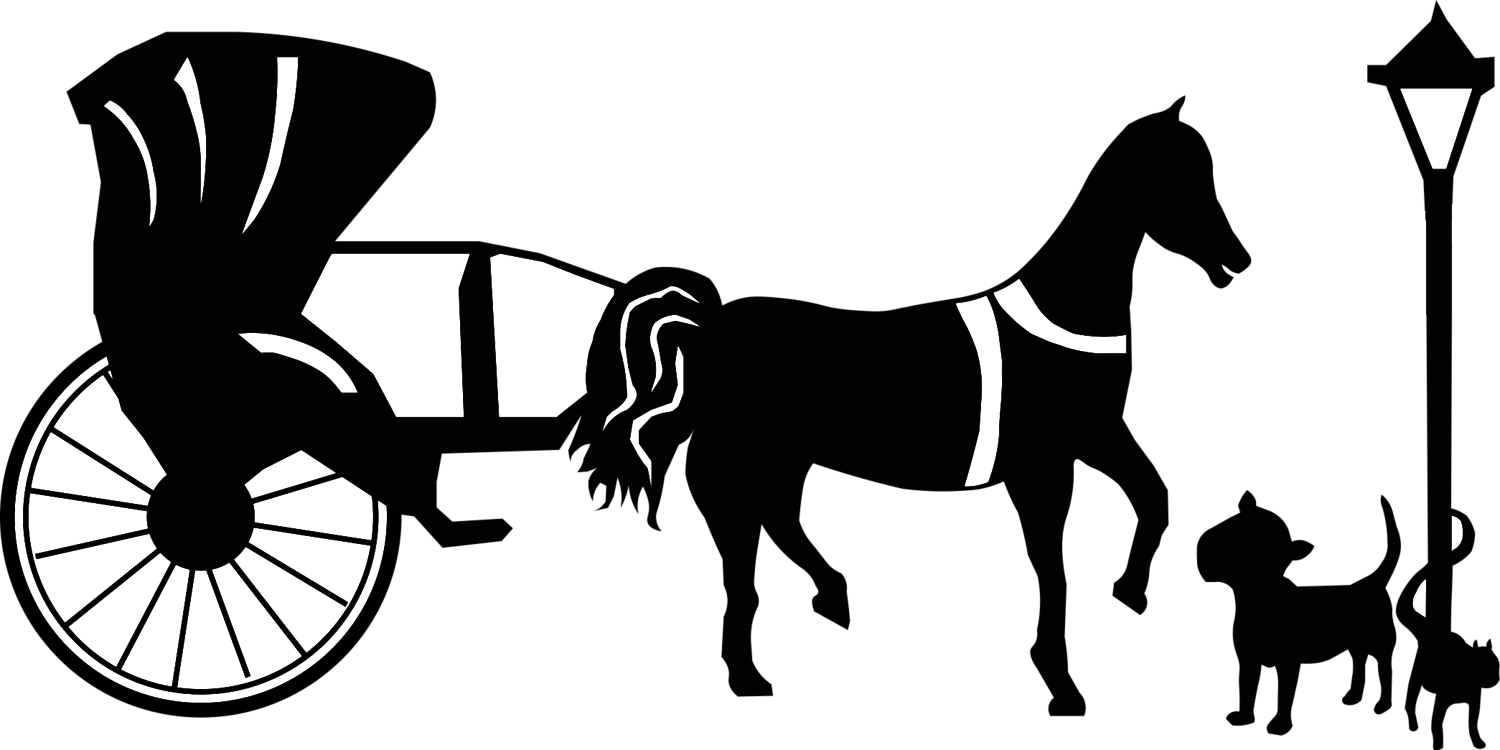Pain is a disease, in and of itself, independent of the original trigger. Chronic pain morphs or changes into a malfunction of the pain perception mechanism and becomes its own entity.
Acute pain has a definite trigger, is transient, and is designed to protect us from further injury. It will resolve on its own when the trigger is no longer present and the damaged tissues have healed.
What happens if acute pain persists? Or if there is another unknown trigger to the pain perception mechanism from within the body? Within the spinal cord changes start to occur. Pain signals are amplified and become more intense. They are not inhibited. They are relayed straight through to the cortex of the brain so they are perceived without mercy. This is central sensitization. Normal or light touch starts to hurt. What would once have been adaptable work around pain becomes intense and throbbing and on going.
At the top of the list of triggers for chronic pain in dogs is osteoarthritis in the joints or the spine. We know that at minimum 1 in 5 dogs have chronic osteoarthritis, often from some quirk of the way they are built, or an injury such as a tear to the cruciate ligament in the knee. Osteoarthritis itself can morph into a primary disease affecting many many joints in the same body at once. There are other triggers. Think about chronic inflammatory bowel disease, chronic allergies, or cancerous tumors. We must be vigilant for the signs of chronic pain, particularly in high risk dogs such as those with known osteoarthritis or disc disease, and be really aggressive and proactive to treat this pain as an independent disease before it morphs out of control. This is a fundamental quality of life issue. Be vigilant that other medical issues, particularly chronic gastrointestinal issues, are linked to chronic pain for reasons we will discuss in the following installments.
Young dogs adapt to pain in the way they move. They really do not appear depressed or sad but just get on with life the way dogs do. They still run and play. But something is off in the way they move: a head bob, a hip sway or hike, sitting oddly, a hesitation with stairs or jumping into the car. These are really important clues. Remember we are dealing with a non-verbal species. Take some videos with your phone of the dog walking straight toward you, away from you, from behind climbing stairs, walking and then trotting across the field of view. Show these to your veterinarian. If we can address pain at this stage so so much better.
As dogs age this adaptive way of moving becomes less possible. The stride shortens. It is harder to get up. It is harder to lie down. It is harder to keep up on walks. Getting into the car or climbing stairs becomes near impossible. The head carriage is lower. The back may be arched up. This pain is not aging. It needs to be addressed now because as bad as it is it will get worse.
Pain management starts with pharmaceuticals and not just one. Lower doses of at least two and often three medications work synergistically to specifically treat hypersensitized pain.
It will take some trial and error and time to find the best balance and this will need tweaking over time. For the right patient with no issues with reflexes or neurologic conditions, the monthly injectable anti nerve growth factor monoclonal antibody injections can be life altering, This is all about patient selection.
But this is not all about medicine. So many physical modalities can complement medicine and make it work so much better. Consider digital thermography (a picture assessing where heat and inflammation are on the surface of the body) or a very good physical exam to localize the pain. Laser therapy or even piezo shockwave therapy (which is actually sound waves and neither shocks or is loud but simply feels good and stimulates healing); specific therapeutic exercises targeting certain muscle groups such as the gluteals; interval power walking; specific massage techniques at acupoints; acupuncture; and pulsed electromagnetic therapy beds can be on the list of very simple and effective non-pharmaceutical ways to tame and redirect chronic pain. There is hope. And when we cross that line back over to a pain free life the joy is palpable and contagious.

